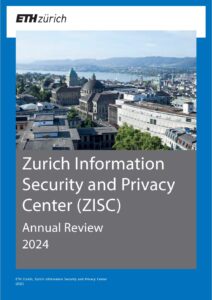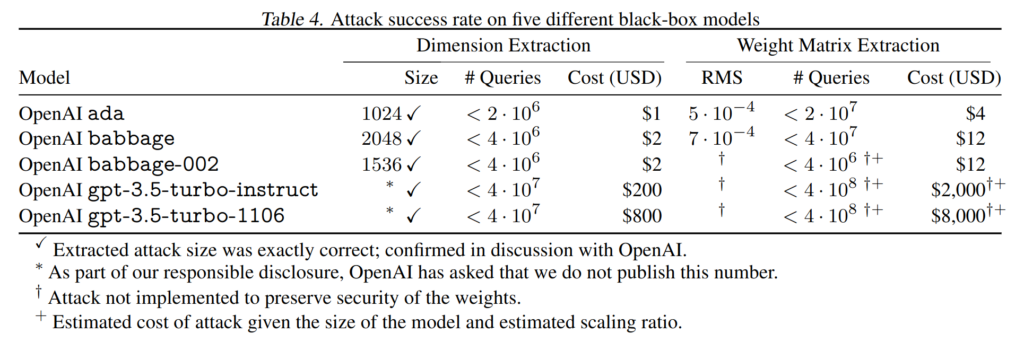The ZISC center has published its annual report for 2024.
During this year, ZISC continued to work on its core mission which is work on significant and fundamental information security and privacy problems together with is industry partners. Particular topics of focus this year included the research on sovereign smartphone platform, email phishing in large organizations, security of messaging applications and cloud storage, future Internet architecture, formal verification of security protocols, privacy and security aspects of AI technologies, among others.
A noteworthy highlight during 2024 was our 20 years ZISC celebration with a special event and a networking Apero at ETH Zurich’s Audi Max and Dozentenfoyer. In the event, Prof. Srdjan Capkun, the Chair of the center, provided a brief history of the center and an overview of its main achievements. The keynote speaker of the event was Prof. Adi Shamir who is a Turing-award winner and one of the founders of modern cryptography. In addition, the audience received research talks from Prof. Kenny Paterson and Prof. Florian Tramèr, both from ETH Zurich and part of the ZISC faculty. The industry talk of the event was given by Mona Vij from Intel Labs, who is a wellknow expert in the topics of secure cloud computing and trusted execution environments. Finally, the event included a panel discussion hosted by Srdjan Capkun. The discussion touched upon many challenging and controversial topics, including surveillance and interception of encrypted communication, existential risks of AI, and practical usefulness of quantum key distribution. The day was closed with a networking Apero at the Dozentenfoyer of ETH Zurich.
The ZISC Center is also proud to support the Center of Computer Science Education (ABZ) of ETH Zurich. The ABZ was established with the goal to introduce computer science as a subject into school education with its main activities being developing text-books and online platforms for teaching computer science on all levels of schools and testing them in school, training teachers, popularization of computer science in the whole society, and supporting pupils for different CS competitions.
You can read our full report here.
The ZISC center thanks its partners and collaborators and is looking forward to 2025!









